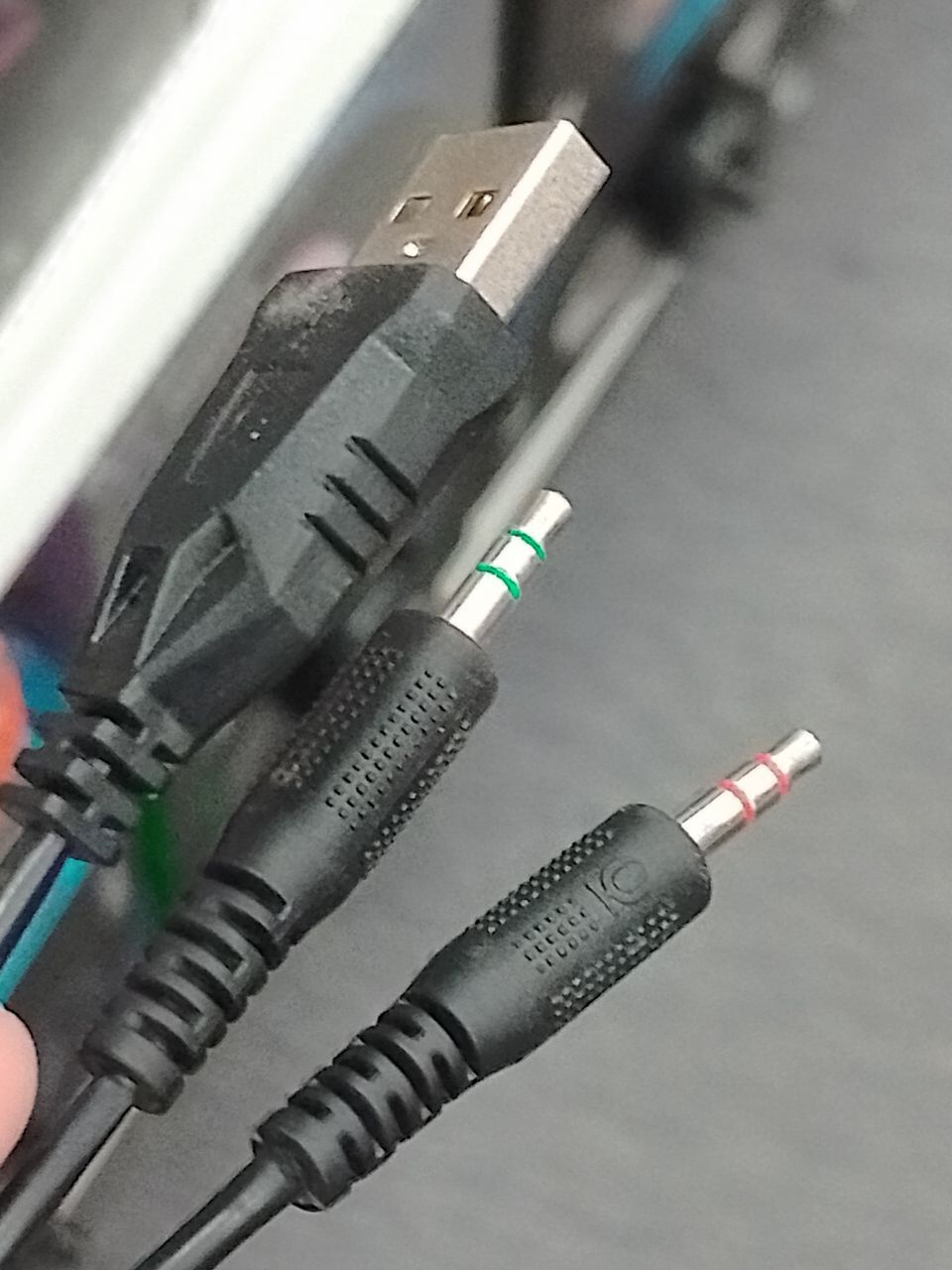this post was submitted on 09 Dec 2023
69 points (100.0% liked)
Technology
37640 readers
128 users here now
A nice place to discuss rumors, happenings, innovations, and challenges in the technology sphere. We also welcome discussions on the intersections of technology and society. If it’s technological news or discussion of technology, it probably belongs here.
Remember the overriding ethos on Beehaw: Be(e) Nice. Each user you encounter here is a person, and should be treated with kindness (even if they’re wrong, or use a Linux distro you don’t like). Personal attacks will not be tolerated.
Subcommunities on Beehaw:
This community's icon was made by Aaron Schneider, under the CC-BY-NC-SA 4.0 license.
founded 2 years ago
MODERATORS
you are viewing a single comment's thread
view the rest of the comments
view the rest of the comments

Microphone is mono They’re wondering why there’s a third contact
It's for bias to the mic. Condenser mics need it to apply bias to one of the leads of the mic so it can amplify the sound before sending it to the input of the card. Some mics don't require that (self-biased) so in that case, the R pin (middle ring) goes to GND.
Ah, seems you're right. I didn't know that. But that seems to be an old way of doing it. I've only ever seen 2 contacts on a seperate microphone jack or the 4-contact combined ones in modern laptops.
http://tuxgraphics.org/npa/condenser-mic-on-usb-sound-card/
The link doesn't open, says connection refused 🤷.
Regardless, if it doesn't require the bias pin, the mic is self-biased or biased through another source (use the same wire for the signal to get bias, this is easy, you just use a cap to decouple the signal from the bias).